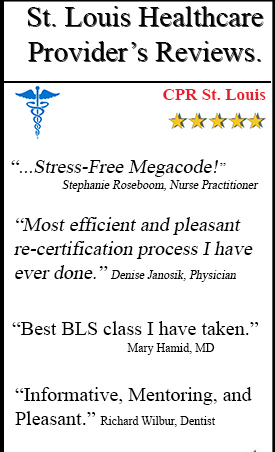Infant Botulism by Kayla Colona
Call Us Now
Get the Best CPR Class in St. Louis Today!
Botulism is uncommon but very serious in children and adults. Infant botulism is the most common of the three main types which are: Infant, food-born, and wound botulism. In the United States about 145 cases are reported each year and 65% of them are infant botulism. It is caused by a nerve toxin from bacteria called Clostridium botulinum. These bacteria can be found in soil and they grow the best in low oxygen conditions. The spores from the bacteria maintain them until they can support their own growth. Sometimes it is caused by honey but usually from soil with the bacteria in it. It usually starts in the infant’s intestinal tract where the bacteria spores grow and normally it occurs between the ages of two and six months. It is considered a medical emergency because it can possibly cause death. It was found, however, that botulinum can be beneficial in small amounts. It has been used for things like reducing facial wrinkles, eyelid spasms and severe underarm sweating.
One of the first symptoms found in infant botulism is constipation. Other symptoms are trouble controlling the head, weak cries, irritability, drooling, droopy eyelids, tiredness and difficulty feeding. These are all symptoms of muscle paralysis which is caused by toxin in the bacteria. It is quite hard to determine if those symptoms are from botulinum because some of the symptoms infants do all the time, the key is looking for multiple symptoms. Once you do notice some of the symptoms it is still hard for the physician to determine what it is because other illnesses like stroke and myasthenia gravis can seem similar to botulism. Normal symptoms are not always found in botulism like high blood pressure, heart rate, confusion and fever. If the symptoms go untreated it has been known to cause paralysis of the arms, legs, trunk and respiratory muscles.
Most of the time infant botulism cannot be prevented because the bacteria are found in soil and dust. It has been found that is can be on the floors carpet and counter tops of homes. Keeping a clean house is helpful though. The best way to decrease the risk of infant botulism is to avoid giving any infant under the age of one honey; even a little taste can have the bacteria in it.
A treatment called botulism immune globulin is used to treat babies. An antitoxin that stops the circulation of the toxin through the blood can also be used and is available from the California Department of Public Health. If the antitoxin is given to the infant before the paralysis happens it can stop it from getting worse and speed up the recovery time. Another way that physicians try to stop the bacteria from spreading is by inducing vomiting or using enemas.
Works Cited
“Botulism, General Information.” Centers for Disease Control and Prevention. N.p., 06 October 2010. Web. 9 Oct 2011. http://www.cdc.gov/nczved/divisions/dfbmd/diseases/botulism/
Mayo Clinic Staff, . “Botulism .” Mayo Clinic. N.p., 27 March 2010. Web. 9 Oct 2011. <http://www.mayoclinic.com/health/botulism/DS00657>.
Kaneshiro, Neil K. “Infant Botulism.” Medline Plus. N.p., n.d. Web. 9 Oct 2011. <http://www.nlm.nih.gov/medlineplus/ency/article/001384.htm






